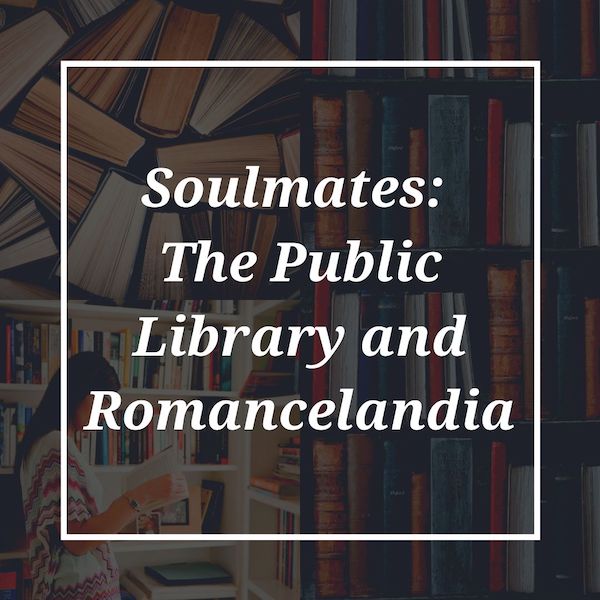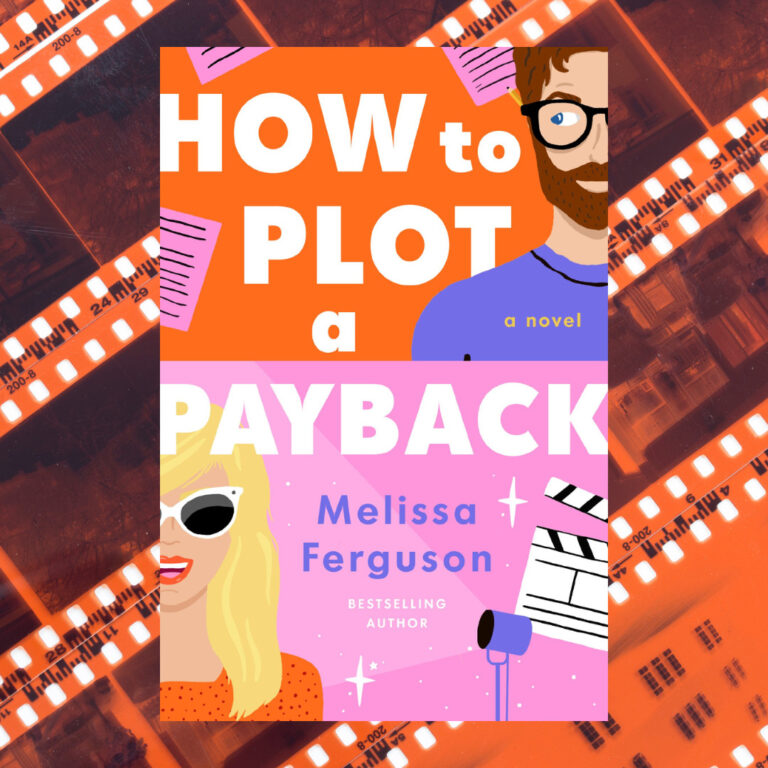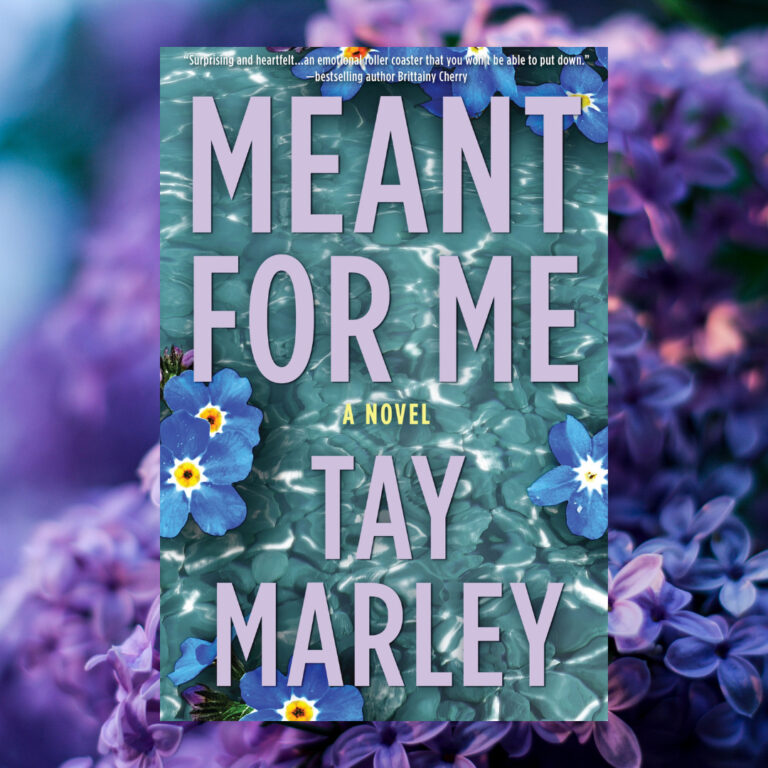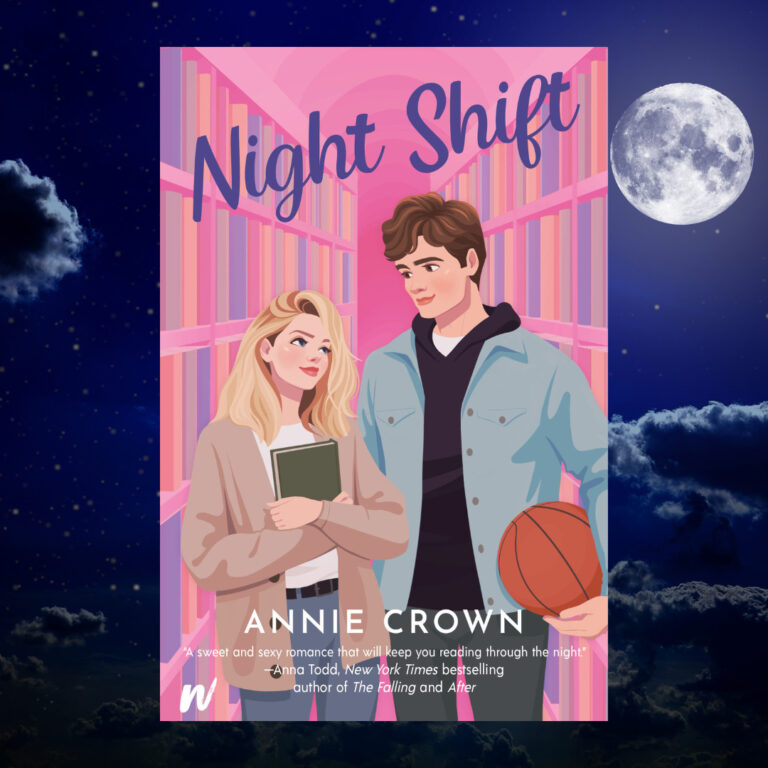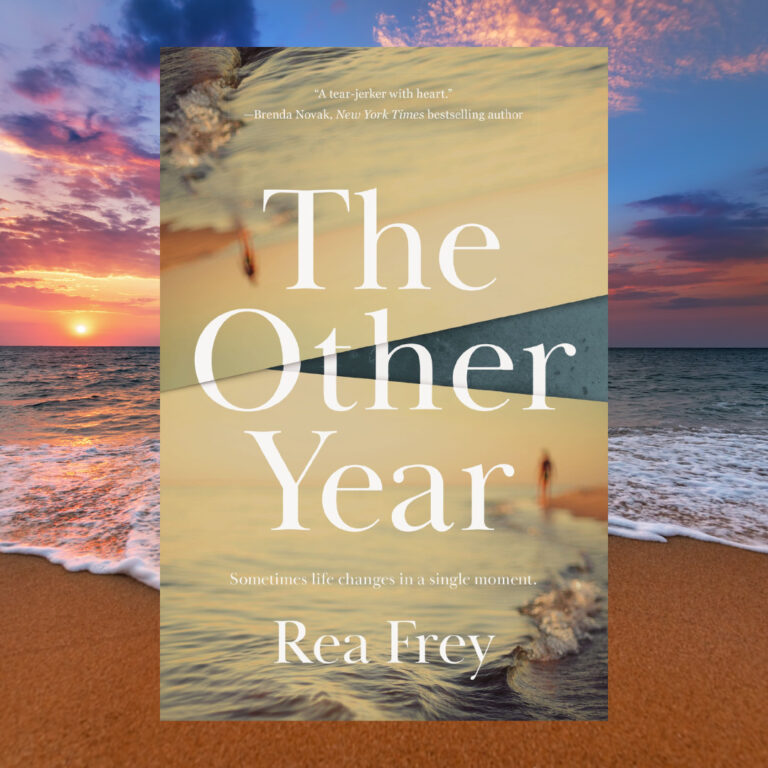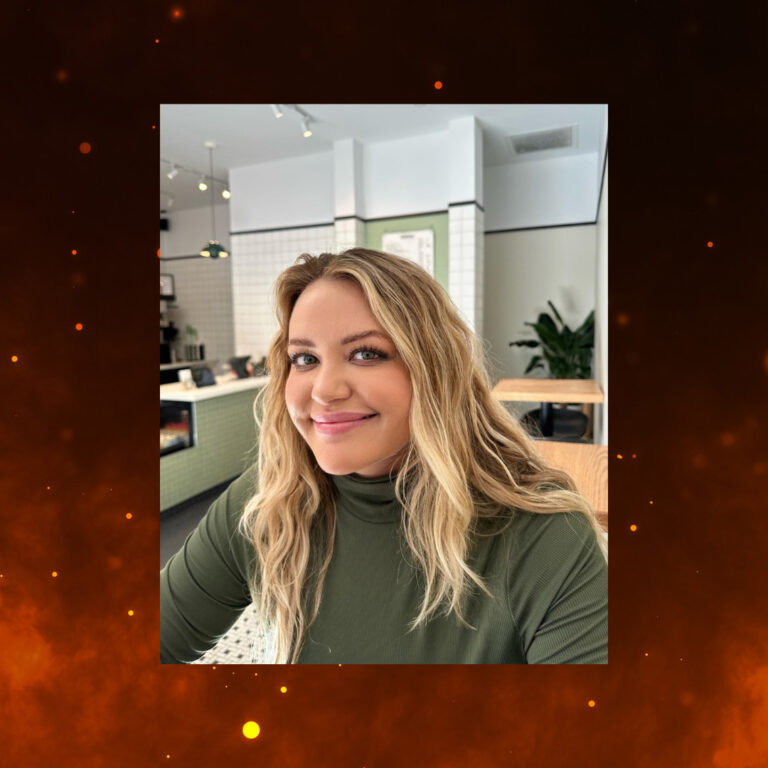[Note from Frolic: We are so excited to have Shanel Wermerskirchen write a series of scholarly articles for us about the relationship between the romance genre and libraries.]
Part 1 | Part 2 | Part 3 | Part 4 | Part 5 | Part 6
Previous articles in this series discussed ways in which we can make public libraries more romance-friendly by examining current research and practices. Now, I’ve reached out to folks who are doing 👏it👏right!👏 I reached out to two public librarians and a library student to ask questions about specific projects or general questions that included how they and their libraries serve romance readers, why they think it’s important to serve romance readers, how their Romancelandia accounts inform their work (if they blog), advice they’d give to librarians hoping to make their library more romance-friendly, and what barriers they identify to providing great library services to romance readers.
I’m obsessed with each of these all-stars, and have included some of their responses here. Glean all the wisdom. Soak it all up and meditate on it.
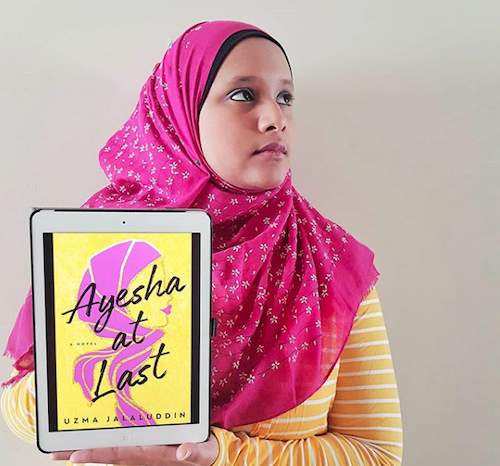
Lubnaa recently completed her Masters of Library & Information Science at a Canadian university, is an advocate for the genre on her blog Romance Library, and shares her thoughts on her latest reads on her Instagram account @RomanceLibrary.
She believes that libraries can better serve romance readers in part by focusing on students. She wants to see future librarians trained in ways that prepare them for the roles they will occupy in their future institutions. Her program doesn’t have courses dedicated to the various tracts within librarianship, and she sees opportunity to instruct students in public librarianship and readers’ advisory. The research Lubnaa has done on information behavior of romance readers was done independently since there was no course specifically on public libraries and readers’ advisory. She believes that public librarians could better serve romance readers if librarians are given more instruction on service during their time in library school.
Lubnaa has sought out other information sources to assist her with future readers’ advisory duties and actively practices advisory work on her blog and bookstagram. She’s frequently consulted for romance recommendations and uses her own experience and research to direct readers to romances that best suit their preferences.
Some advice to libraries hoping to become more romance-friendly?: “More awareness and visibility–when creating displays, try to include romance novels so that everyone gets the chance to know that this library is romance-friendly, and it could even lead to readers discovering the genre for the first time.” She also suggests ensuring proper cataloging. If your library is going to have a special romance collection shelves, make sure that’s where they live. Don’t split series and sprinkle romance in general fiction.
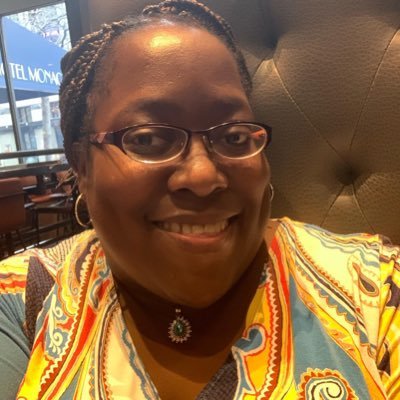
Robin’s work has helped to inform my perspectives on librarianship and advocacy. You should 100% give her a follow over on her Twitter, @Tuphlos. She has a BA in English from Monmouth College, an MA in English from Indiana State University, an MS in Library Science from the University of Illinois Urbana-Champaign, and a JD from Indiana University School of Law.
I reached out to her because I wanted to know more about some of the work she’s done training fellow library staff about the romance genre. Specifically, I wanted to know about her presentation, Whole Lotta Love, the training in romance readers’ advisory she facilitated for Whatcom County Library staff. Since having an informed staff is a major step in creating a more romance-friendly library, I wanted to know more about how an expert addresses the topic with colleagues at her institution.
In her presentation, she gives staff a crash-course to the genre. She defines what a romance novel is, describes subgenres and tropes, and informs staff of the role that book covers can have in assisting librarians and readers identify subgenres. She identifies important trends in the genre, how the subgenres have evolved and diversified, and gives resources for continuing education if librarians want to know more. Robin saw a gap in information and created the resource herself. It’s inspired me to create something similar for the staff at my public library before the bananas of summer reading begins!
About the Author:
Shanel Wermerskirchen Slater is a Teen and Information Services Specialist at a public library in eastern Iowa. Before becoming a resident of Library Land, she worked in a cultural museum as an event and program planner and as a political organizer. She believes in espresso in the morning, radical empathy, romance around the clock, and the power of an HEA to cure what coffee and chocolate can’t.
Instagram: @bookish_nel
Twitter: @bookishnel

